I. Cold Season - Short Days
Not only flowers and plants require sufficient air and light for optimal development. Humans and animals are also dependent on the rays of the sun. During winter, not only the number of hours of sunshine are limited, but due to the conversion from pasture to paddock many horses lack the necessary free movement. This must be compensated by the rider with a lot of movement and long rides. A lot of fresh air and lots of light is the motto. Therefore, even during winter, the stable doors and windows should never be completely closed- However, in freezing temperatures, the sufficient supply of water must be ensured. Especially during this season, when you would rather be sitting on the couch at home, barn and horse owners tend to work more than during summer to care for their horses.

II. Horses Do Not Freeze
Of course, when a horse is clipped, the shorter coat must be covered with appropriate blankets. However, the basic rule is that when we start to feel cold, most horses start to feel comfy. Their organism is much more burdened during hot and humid temperatures, rather than during winter. Many horse owners probably know these situations in winter, when the horse seemingly has infinite condition while riding, they want to gallop non-stop while riding and occasionally a few leaps occur. This behavior is only an indication that horses feel more comfortable in the cold. A different situation is wet cold weather. During such weather, draughts should be avoided and older horses get a blanket also unclipped once.
III. Air and Movement
The importance during winter is to provide frequent outside exercises. Due to the shorter days, most horses stay longer in the pits than during summer. This attitude inevitably leads to a higher dust burden of the respiratory system. To prevent coughs and other diseases, adequate exercise is the only solution. Of course, the horse is happy, even if it can really buck in the winter in the hall, but there the burden of dust and dirt is significantly increased as well. Much more important than the daily training sessions in the riding arena are riding or walking in the field. Even when walking in the fresh air horses can breathe much deeper and freely, cough up any dust and enjoy the variety in the area. Most horses feel even better in winter than in summer. Therefore, wear a thick coat and give up the sofa for a few hours to increase the health of our four-legged friends and take a enjoyable ride through the winter landscape.

IV. Care during Winter
- Care of the Coat
During Summer our horses can easily be showered if their fur is sweaty or dirty, but this is not possible during sub-zero temperatures. Even the fallacy that horses who wear a blanket, require less care, is considered obsolete. Horses require more care if they wear their blanket constantly. The natural protective coat of the skin, which is maintained by rolling on sandy soil, is considerably strained by the wearing of blankets. The skin cannot breathe properly and dead skin cells and dirt can not be rejected. That's why especially during winter the coat and the skin of your horse needs more attention. The blankets should be off daily for a period of time during which, for example, the horse can move or roll freely in the shed. If the horse is well warmed up, it is especially happy to spend some time on the wintry pasture, to let off steam. Of course, the weather and the soil conditions must be corresponding. Even after riding, the sweat must be brushed off consistently from the fur, so that the cover does not scrub or strain. Some horses need special covers to protect their chest and withers. The scrubbing of a blanket should never be taken lightly and rectified immediately. Imagine that you should run for days with blisters in oppressive shoes - unimaginable.
- Fetlock and long, silky feathering
A significant disadvantage of keeping your horse on the Paddock is the soil conditions - especially after 10 days of non-stop rain. This is not only extremely unpleasant but can also be extremely risky if it freezes overnight and the paddock resembles a roller coaster in the morning - horrific injuries to the musculoskeletal system can be the result. It is best to prepare the free area so that the water can escape it or that the soil conditions are so good that the horses do not agitate them even after pouring rain. Apart from that, particular attention should be paid here: it is better to rake the paddock smoothly every few days than to accept injuries. To "leave them in the box" is no alternative - riding an hour a day is not enough to satisfy the horse's urge to move and keep it healthy in the long term.

- Malanders
Especially in winter, the danger of malanders increases enormously. This is partly due to the wet weather and due to the countless bacteria that are in the mud and dirt. While many ponies and cold blood breeds still have a strong hanging in the fetlock area, the hair of warm-blooded animals is usually significantly shorter. Even if the hanging does not look so nice, it fulfills an important purpose: Moisture and dirt are kept away from the sensitive fetlock. But if the horse already has malanders, the hangings can also be disturbing the healing and treatment. It's best to discuss this with your vet. The rule of thumb is the fetlock should always to be cleaned after exercise. Either you take rags and brushes, or you spray the area with water. Then the fetlock bends should be rubbed dry with a cloth.
- Dry Skin
Not only does our skin dry out easily in winter but the skin of our horses is also burdened by dust, dirt, and frost. Especially sensitive areas should be treated with even more care. These include, on the one hand, the corners of the mouth, the part around the eyes and also the thin skin around the anus. Carrying blankets are frequently the cause for horse droppings to stick to the tail band or the tail root - the most effective way to remove the remains is to use baby wipes.Furthermore, the skin area of the elbows, where the saddle girth sits, is often overused. It is exceptionally important to ensure dirt and sweat are carefully removed. If the coat is already scuffed away in some places, massages with baby oil or other fatty creams usually help.




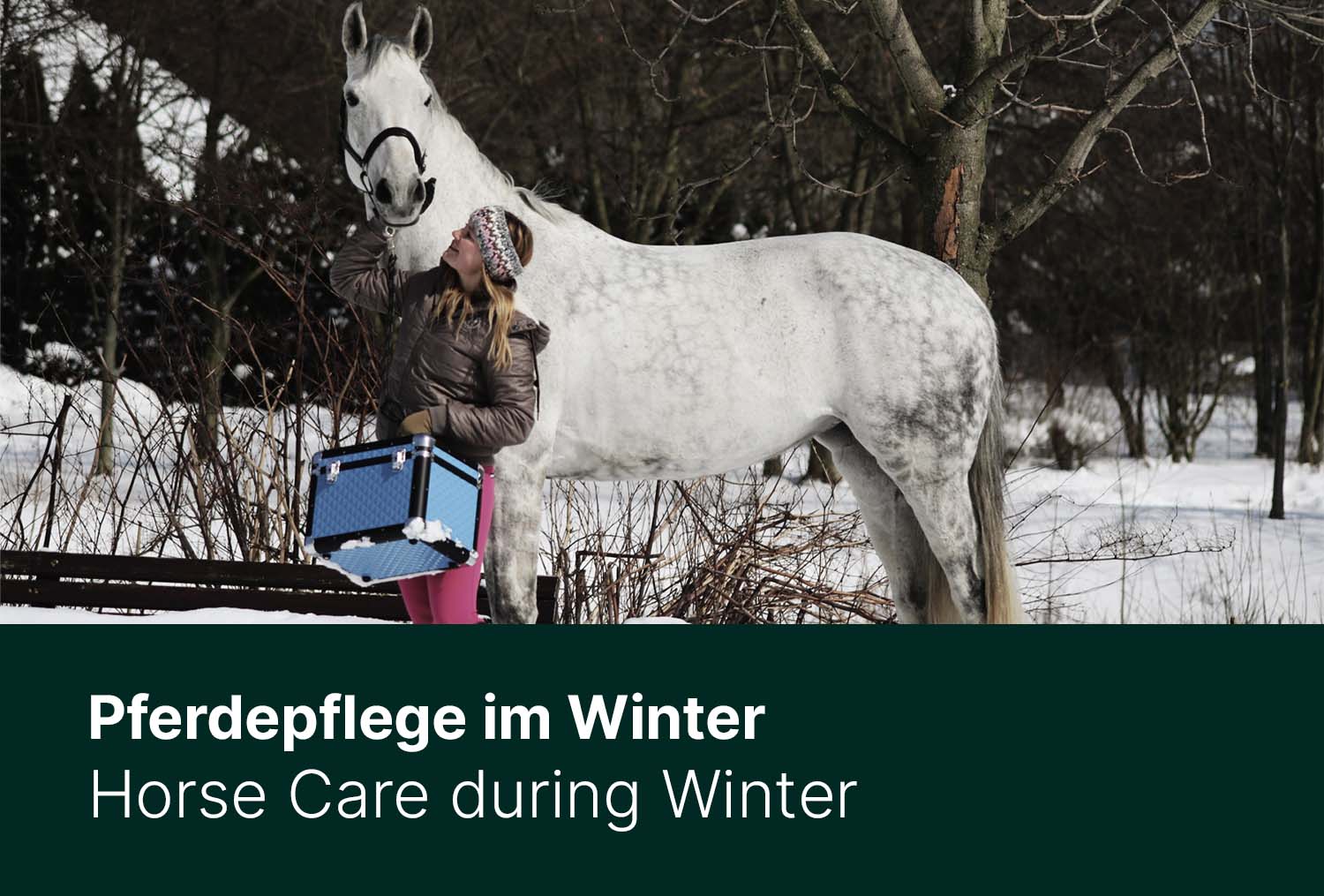
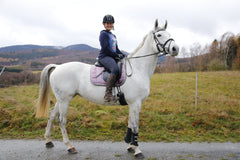


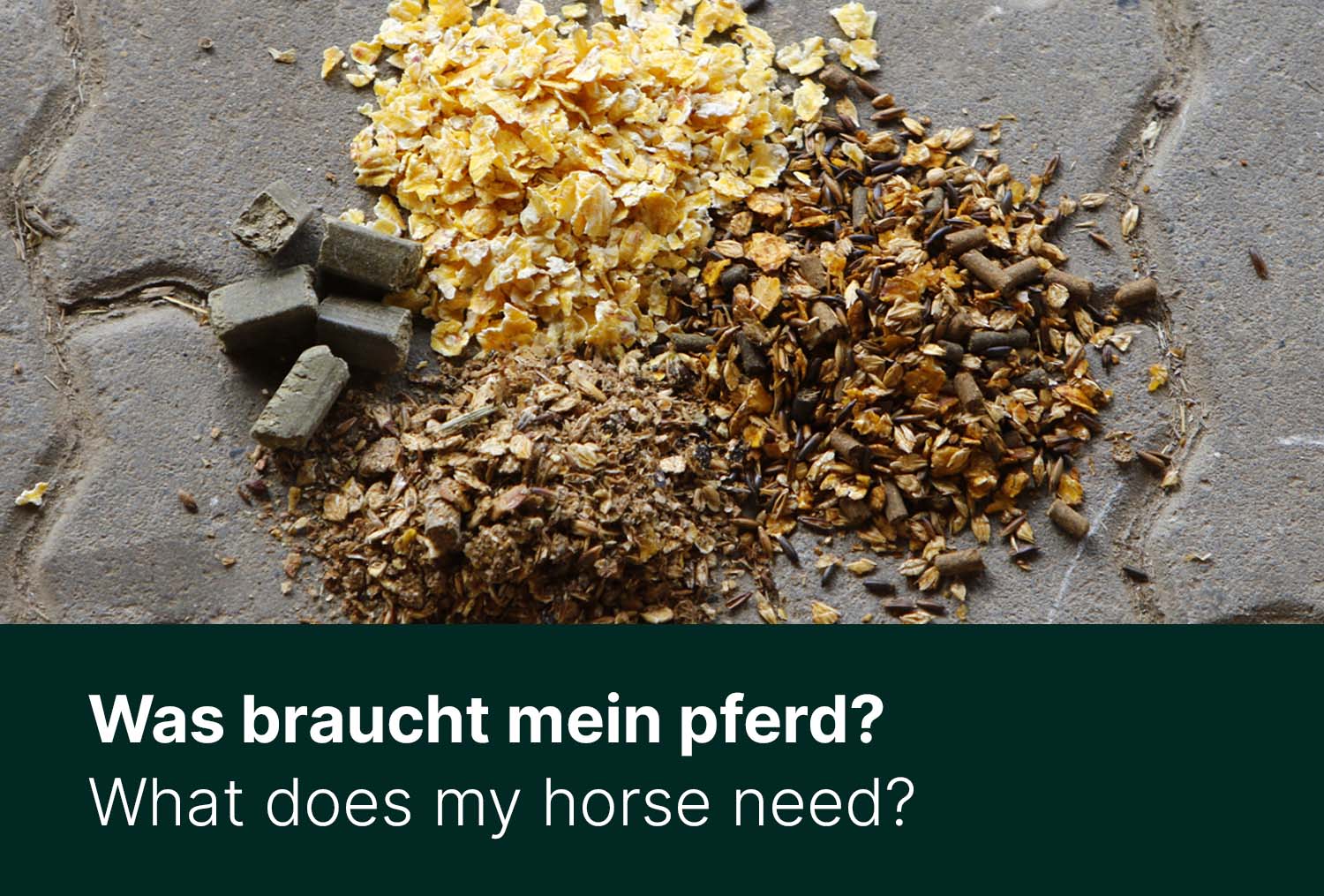
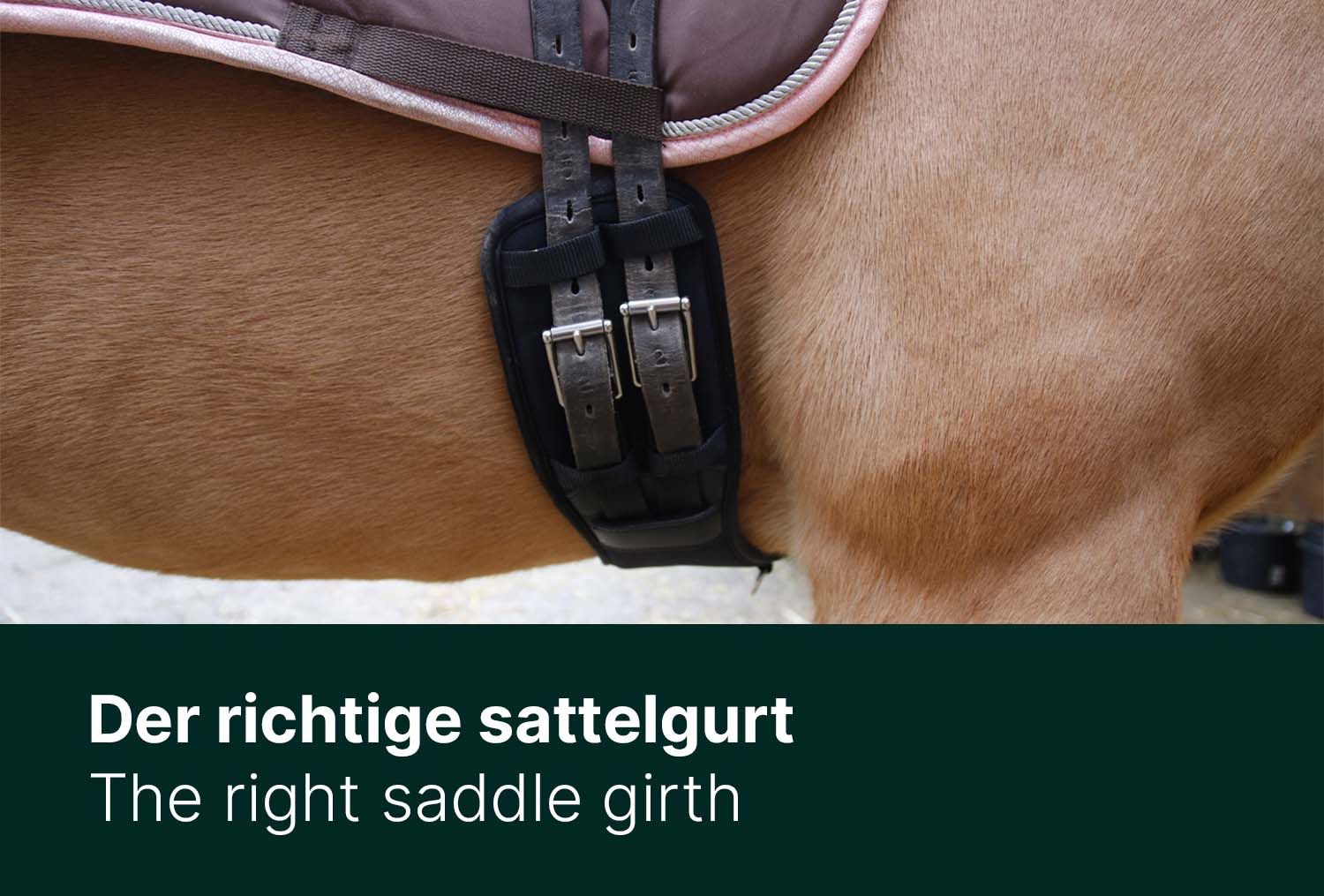
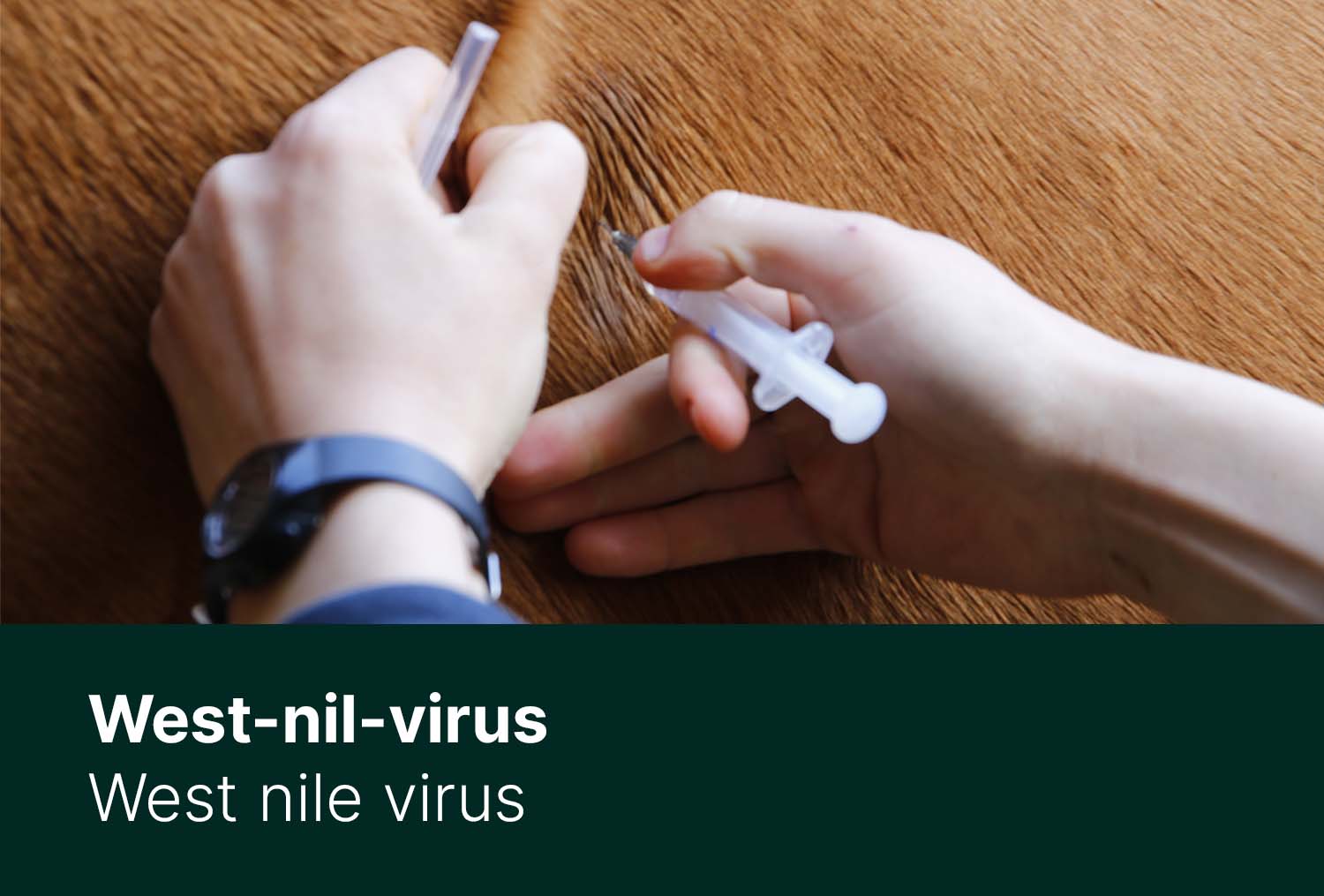
Autumn - Cold Weather for Horses
The Right Bit - A Combination of Many Factors